| Structure | Name/CAS No. | Articles |
|---|---|---|
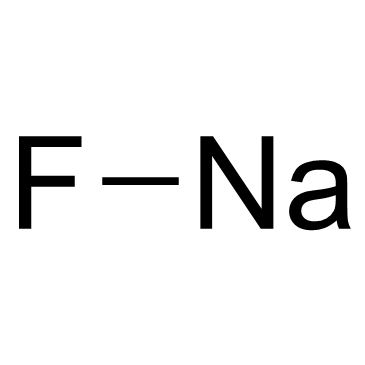 |
Sodium Fluoride
CAS:7681-49-4 |
|
 |
sodium chloride
CAS:7647-14-5 |
|
 |
HEPES
CAS:7365-45-9 |
|
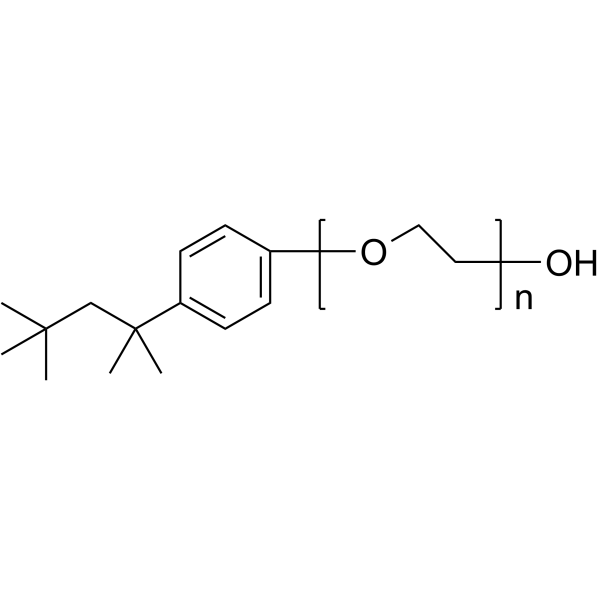 |
Triton X-100
CAS:9002-93-1 |
|
 |
SODIUM CHLORIDE-35 CL
CAS:20510-55-8 |
|
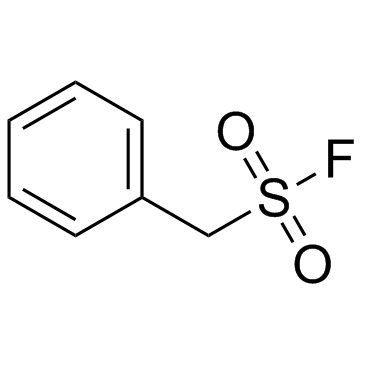 |
PMSF
CAS:329-98-6 |
|
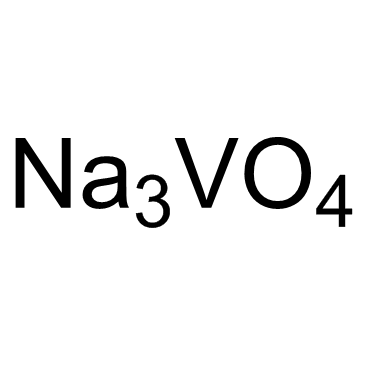 |
Sodium orthovanadate
CAS:13721-39-6 |
|
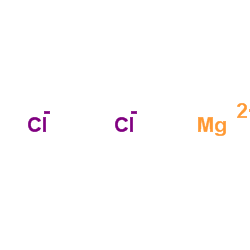 |
Magnesium choride
CAS:7786-30-3 |
|
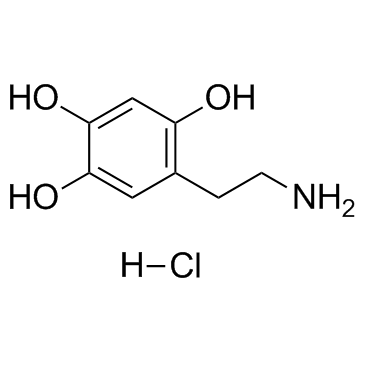 |
Oxidopamine hydrochloride
CAS:28094-15-7 |
|
 |
Ethylenediaminetetraacetic acid
CAS:60-00-4 |